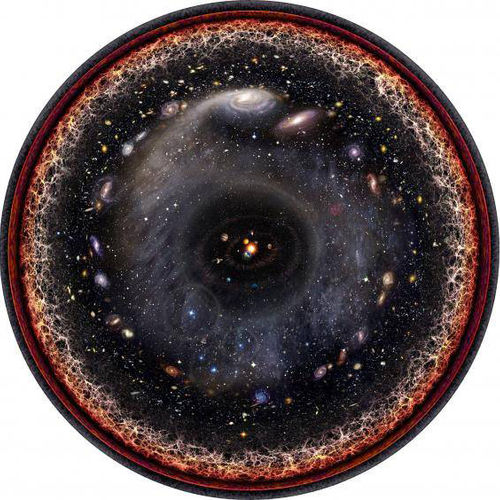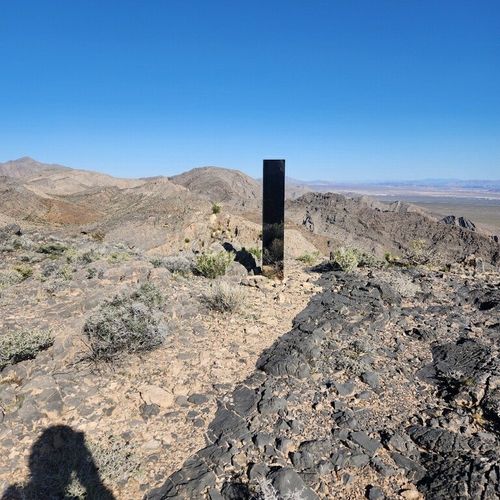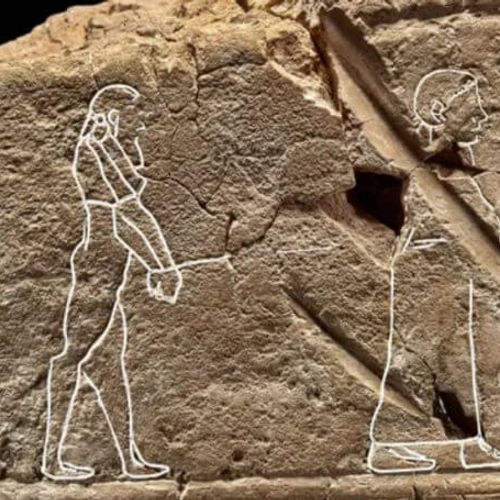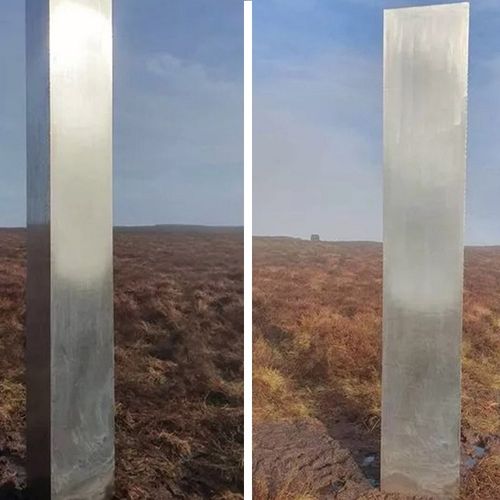
| Added | Mon, 13/11/2017 |
| Источники | |
| Дата публикации | Sat, 11/11/2017
|
| Версии |
The universe is so vast that it seems impossible to fit it all in one image. But the Argentine artist and musician Pablo Carlos Budassi managed to do it by combining images from NASA and the logarithmic maps of the Universe, created by experts at Princeton University.
And that's what he did.
Our Sun and Solar system are located in the very center of the circle, followed by the outer ring of our galaxy, the milky Way, its spiral arm Perseus, the ring of other nearby galaxies such as Andromeda, the rest of the cosmic web, cosmic microwave background radiation left over from the Big Bang, and finally a ring of plasma is also formed by the Big Bang.
Logarithms help us to feel a huge number, and in this case, the distances are huge. Instead of showing all parts of the Universe in a linear scale, each area of the circle reflects the area several orders of magnitude more than before. That is why the entire observable universe can fit into a circle.
This idea came to mind Budassi when he produced a paper hexagons called hexaflexagon birthday of his son.
"After I drew hexaflexagon, I began to paint a Central views on space and the Solar system. That day came the idea of the logarithmic view, and in the following days I was able to implement it with the help of graphics editor, using images from NASA and some of its own texture."
Translated by «Yandex.Translator»
© Pablo Carlos Budassi
Translated by «Yandex.Translator»
Новости со схожими версиями
Log in or register to post comments









